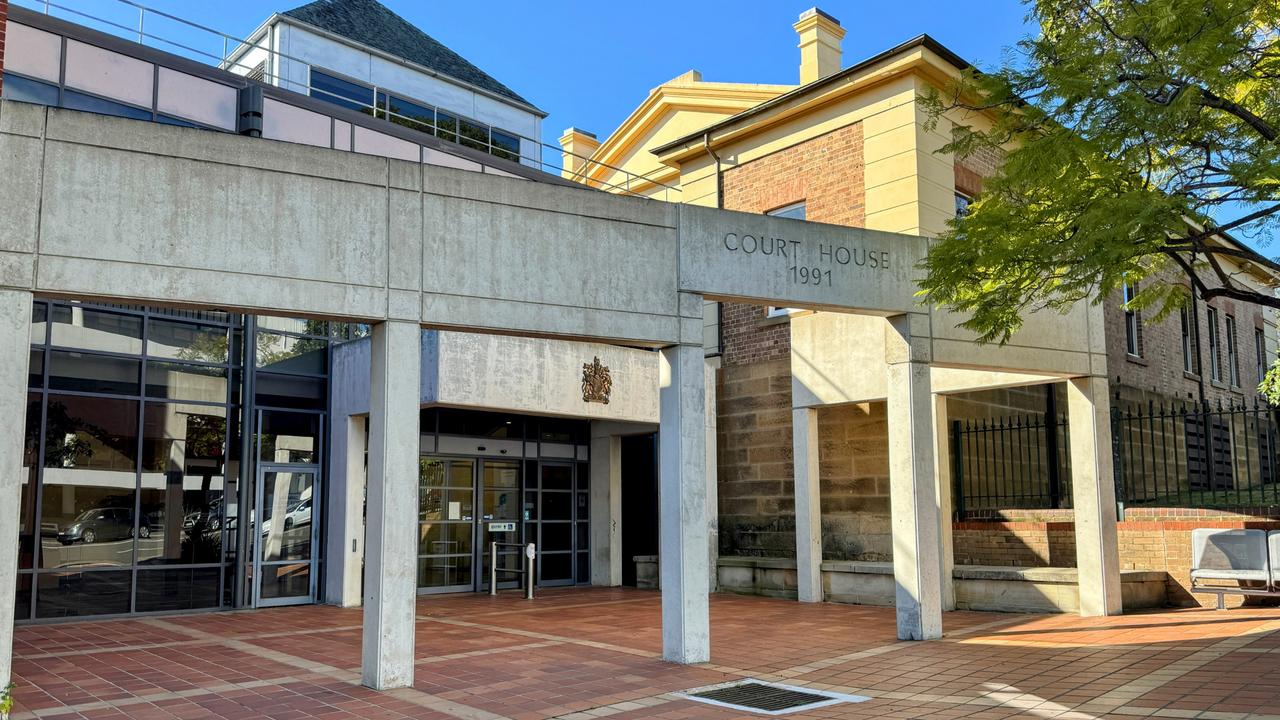Teaching children about saving money in a cashless society
HOW do you teach kids about money in a cashless society? With surveys showing 40 per cent of youngsters believed ATM money was free, parents face an uphill task to instil financial literacy.
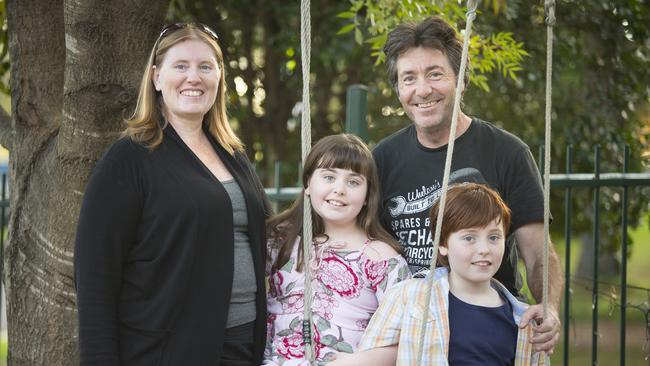
Liverpool
Don't miss out on the headlines from Liverpool. Followed categories will be added to My News.
HOW do you teach kids about money in a cashless society?
With the rise of tap-and-go payments, and surveys showing 40 per cent of youngsters believed money from ATMs was free, parents face an uphill task to instil financial literacy.
Commonwealth Bank research found only one in five parents is tackling the task, alternating between cash and online bank transfers for kids’ pocket money, demonstrating tap-and-go, mobile banking and how ATMs work.
Sixty per cent believe their children understand less about money than they did at the same age.
For many, including the Gentle family, the solution is a back-to-basics money jar.
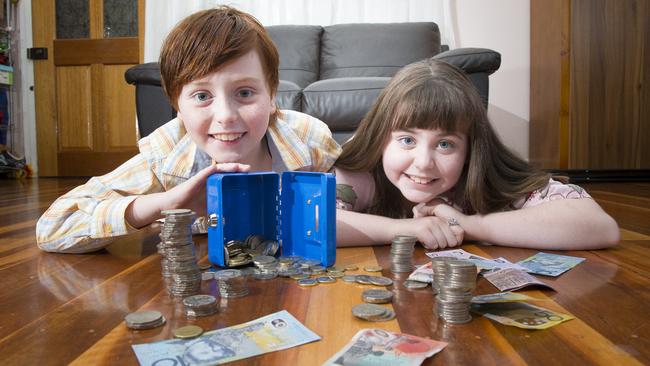
Coming from disadvantaged families, Michelle and Dani Gentle decided to introduce a savings and investment plan to manage pocket money for their children Emily, 10, and Jack, 8.
The kids earn $1 a day and from their weekly total, a dollar goes into an investment jar.
It automatically earns 20 per cent interest until there’s enough to buy shares, 50 cents goes back to mum and dad for ‘rent’ and the remaining $5.50 is theirs to spend as they wish.
“It’s about teaching them to be savvy with their money, to make wise investments, to spend carefully and to always look to the future,” Mrs Gentle said.
“We aren’t rich but our kids’ lives are vastly different from ours. It’s not just about being able to give them a lump sum towards their education or a home deposit.”
The 2017 School Banking Study released earlier this year found NSW kids are the highest paid in Australia when it comes to pocket money, receiving an average $6.90 a week, $1.30 higher than in Victoria. At the same age, their parents received less than $4 in today’s money.
Children spent their money on phones, mobiles and game consoles but more than a third did not know how digital purchases were paid for.
The study revealed 40 per cent of today’s five-year-olds thought you could use a card to get free money from the ATM. And 33 per cent thought there was someone behind the wall handing the money through the ATM.
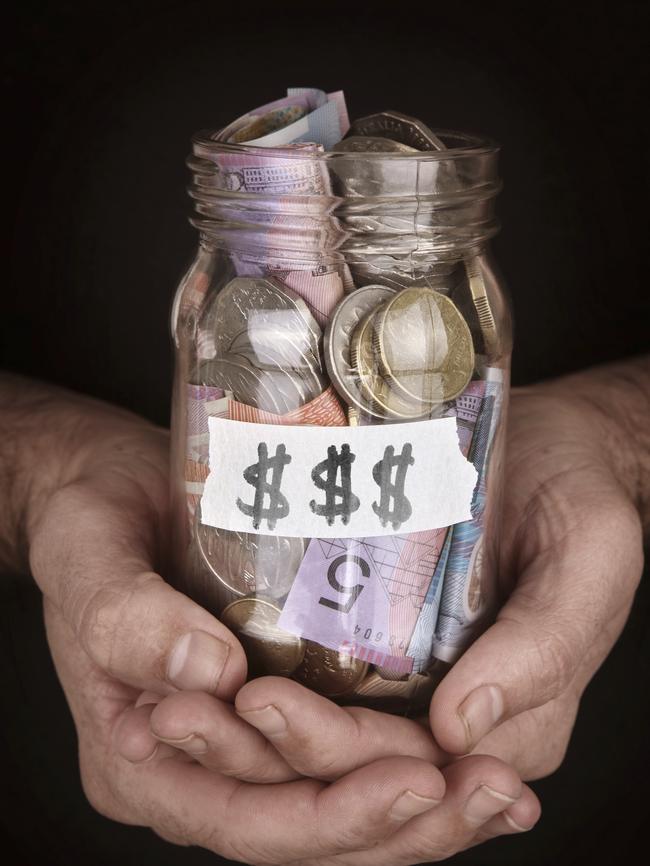
Half of today’s parents allow their children to make spending mistakes to teach them a lesson about the value of money, the survey said.
Others actively help their kids develop budgets or set savings goals.
Kathy Zannino’s 16-year-old son mows lawns to earn a living. He has saved close to $1000 and plans to spend it on a car or ride-on lawnmower when there’s enough in the bank. Local woman Brenda Saffrett recalled her youth in the 1990s.
“When I was nine, I got $2. In 1999, and when I was 11, I got a raise to $5,” she said.
“In high school, my mum told me if I wanted more than $5 to go get a job at 14.
“I’ve been working since,” she said.
Commonwealth Bank’s head of school banking and youth Veronica Howarth said all was not lost and there was still time to prepare the next generation.
History of the moneybox
The idea of the moneybox concept was to teach children about thrift and to improve their saving habits.
They were launched in 1920 by Commonwealth Bank and were a tin-plate money box that had to be destroyed to get the money out.

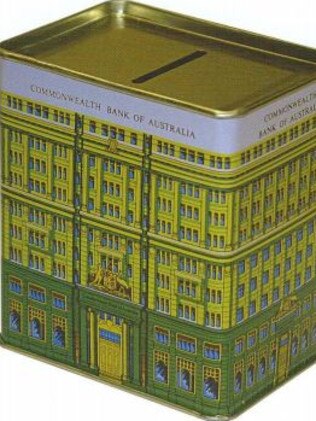
The Pitt St and Martin Place, Sydney head office has been the flagship money box for almost 90 years.
At the 1962 Sydney Royal Easter Show, a glazed ceramic piggy bank in eight different colours was sold for three shillings each.
In 1980, limited issue plastic money boxes were launched. The boxes took the form of R2D2 and Darth Vader from blockbuster movie at the time, The Empire Strikes Back. They sold for 30 cents.
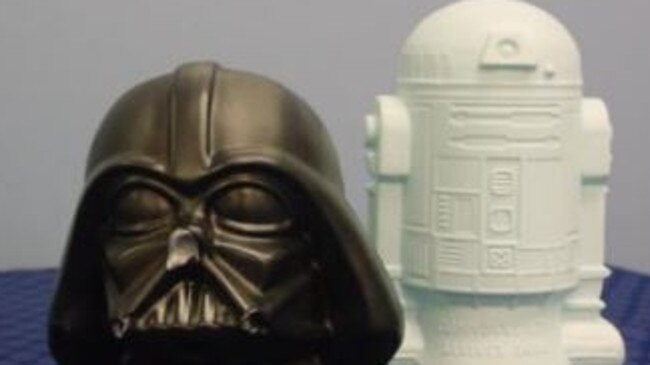
In 1988, orange plastic Dollarmite money boxes coincided with the new school savings bank account called the Dollarmite Account. It was obsolete in 1993.
In December 2008, the Platybank was introduced. It had a slot on top of its head for coins and an imitation safe dial on the belly.


